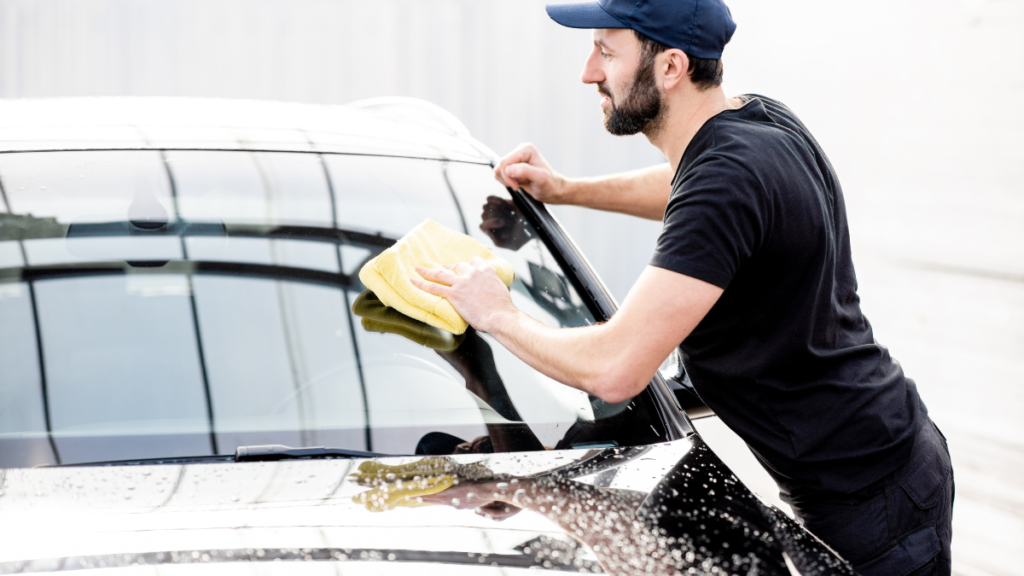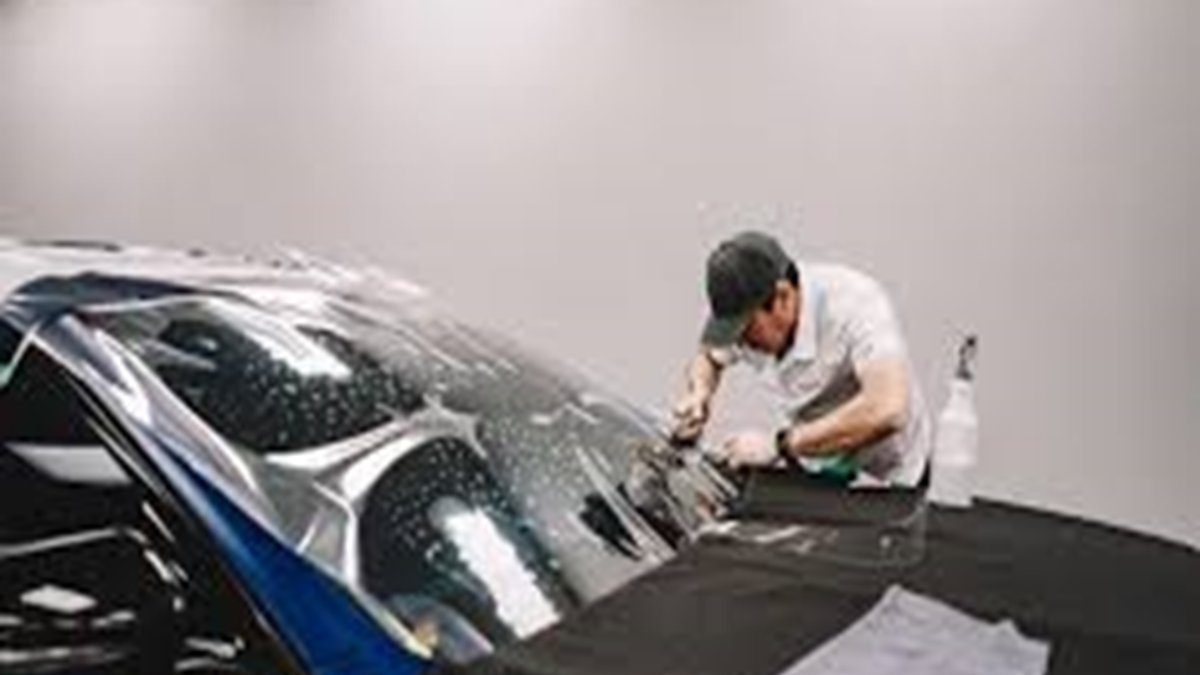Introduction
Automobile safety is an essential concern for every driver on the road. One component often overlooked in the broader context of vehicular safety is the windshield. Though it may appear merely as a sheet of glass, a windshield is a crucial barrier that protects drivers and passengers from outside elements, contributes to structural integrity, and aids visibility. Protecting this component from damage is a matter of avoiding repair costs and a significant safety measure. This article outlines safe driving practices that minimize the risk of windshield damage.
Understanding the Risk Factors
Before delving into safe driving practices, it’s essential to understand the risk factors that contribute to windshield damage. Among these are road conditions, proximity to construction sites, and weather elements like hail. These factors can make you more alert and prepared to take necessary precautions.
Proactive Measures for Safeguarding Windshields

Taking a proactive approach toward safeguarding your windshield can be particularly effective. Whenever you are in the market for new cars for sale, make it a point to inquire about the quality of the windshield glass. High-grade laminated glass is generally more resistant to damage. Additionally, applying a windshield protection film can absorb some energy from flying debris, thus reducing the risk of cracks and chips.
Maintain Safe Following Distance
Following too closely behind another vehicle, particularly heavy trucks, can increase the likelihood of debris flying towards your windshield. A safe following distance of at least three seconds between your vehicle and the one in front can help reduce this risk significantly.
Avoid Construction Zones and Rough Roads
Driving through construction zones or unpaved roads can expose your windshield to various risk factors like loose gravel and construction debris. Whenever possible, take alternative routes to minimize this risk.
Proper Vehicle Maintenance
Your windshield wipers play a role in maintaining visibility and thus contribute to windshield safety. Ensure your wipers are in good condition and replace them when they show signs of wear and tear. This will ensure your windshield remains clean and free of abrasions that could weaken it over time.
Be Cautious in Extreme Weather Conditions
Extreme weather conditions such as hailstorms or severe winds can be particularly damaging to windshields. If you are caught in such conditions, seek shelter immediately to prevent damage. This could be under a highway overpass or a sturdy roof.
Emergency Actions for Unexpected Situations
No matter how cautious you are, unexpected situations can still arise that put your windshield at risk. Knowing what to do can make all the difference if you find yourself in such circumstances. Slow down carefully if you see a risk ahead, and pull over safely if your windshield suffers damage to assess the situation. Remember, driving with a damaged windshield can compromise your safety.
Keep Your Windshield Damage-Free
Your car’s windshield is more than just a piece of glass; it’s a crucial component that provides protection and contributes to overall vehicular safety. Using the tips in this article can help you keep this important piece of your vehicle damage-free.






